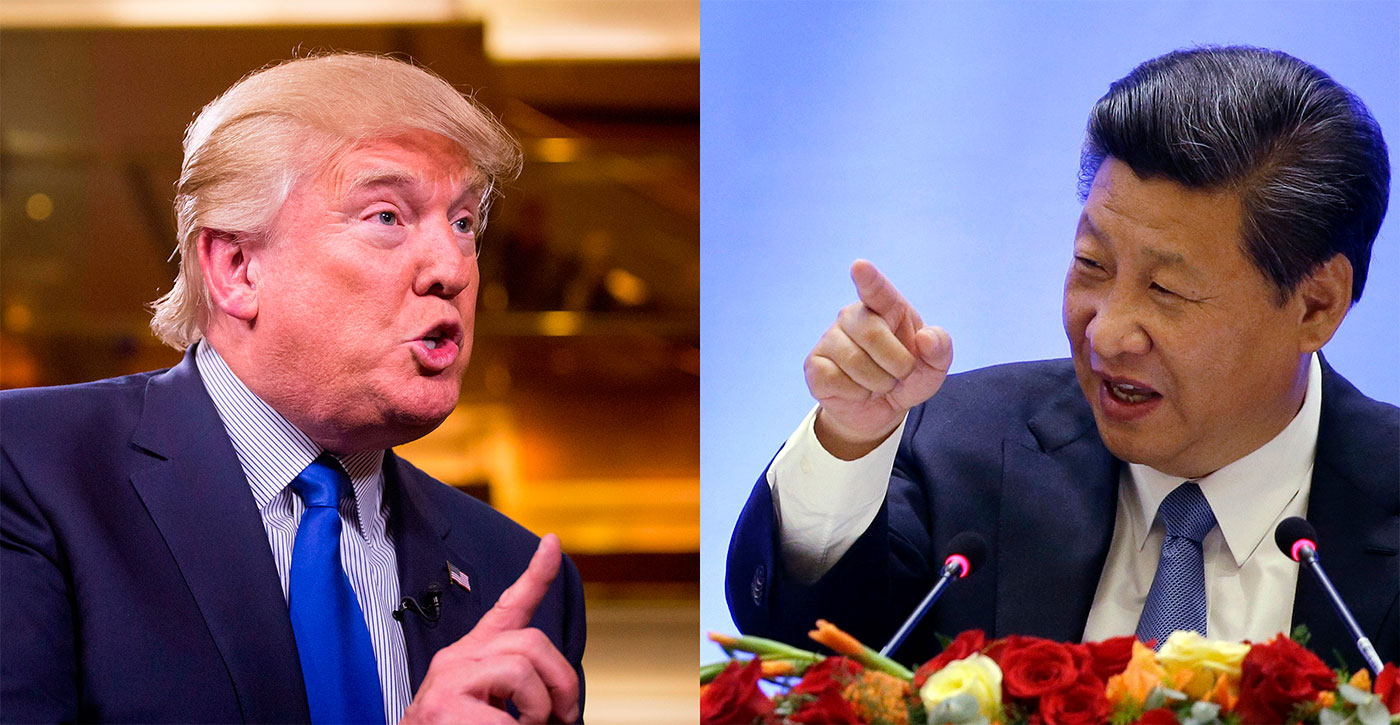Trump’s Defense. How to lower China’s GDP by 1.75% and lose leadership in Asia Pacific
In
Login if you are already registered
(no votes) |
(0 votes) |
Day Figure
Author: Andrey Kortunov, Director General of the Russian International Affairs Council
In the course of the presidential elections campaign Donal Trump announced his intention to establish a 45% tariff over all goods imported from China to the U.S.
An excuse for such tough measures is PRC’s unfair trade practices: according to Trump, Beijing is manipulating the rate of yuan greatly, closes its eyes to the thefts of American companies’ intellectual property by the Chinese competitors, etc. Such U.S. actions would naturally lead to Beijing’s retaliation measures, from preferring European Aerobus over Boeing to reducing the number of Chinese exchange students in U.S. Universities.
Who will stand to lose the most in case two largest economies in the world start trade warfare?

At the first glance, Chinese losses are likely to be much bigger than American - China’s export to the USA is four times higher than the import, given that Chinese economy is not so large as the one of the U.S. so far. By the projections of experts, should import tariffs be 45%, it will lead to drop in Chinese export to the USA by 31%, and China’s GDP might lower by 0.95-1.75% a year.
However, the U.S. will also face high immediate expenditures - the new tariffs will cost about USD1,000 for an average American family. Further consequences, connected to the breakdown of traditional supply chains in different economy sectors, will be a lot worse.
The greatest U.S. economic losses, though, will be linked to the possible erosion of the Asia Pacific multilateral economic cooperation modes, especially in the context of America’s stand on Trans-Pacific Partnership review. Large-scale trade warfare with Beijing would definitely question U.S. leadership in Asia Pacific Region.
Data source:
(no votes) |
(0 votes) |




